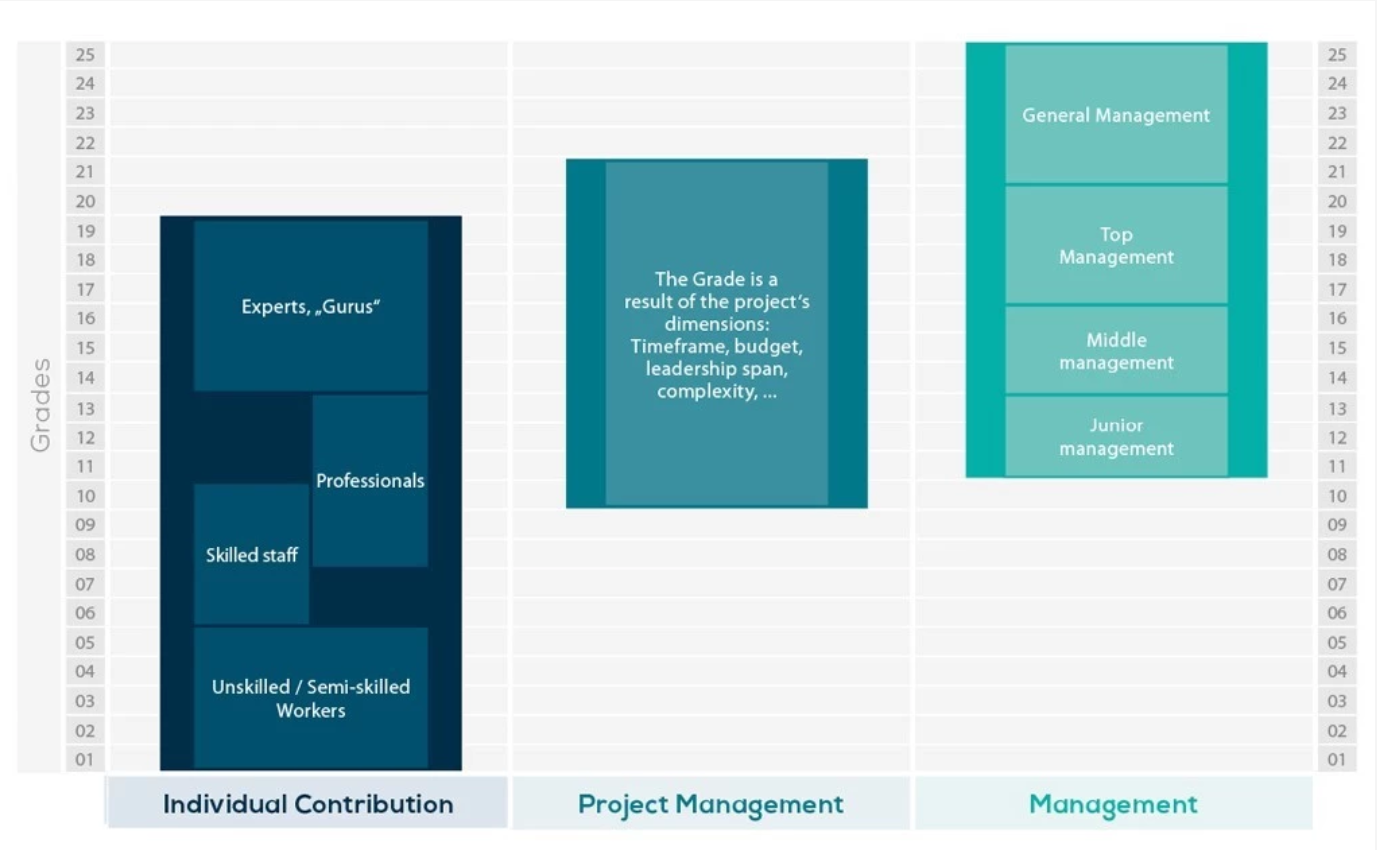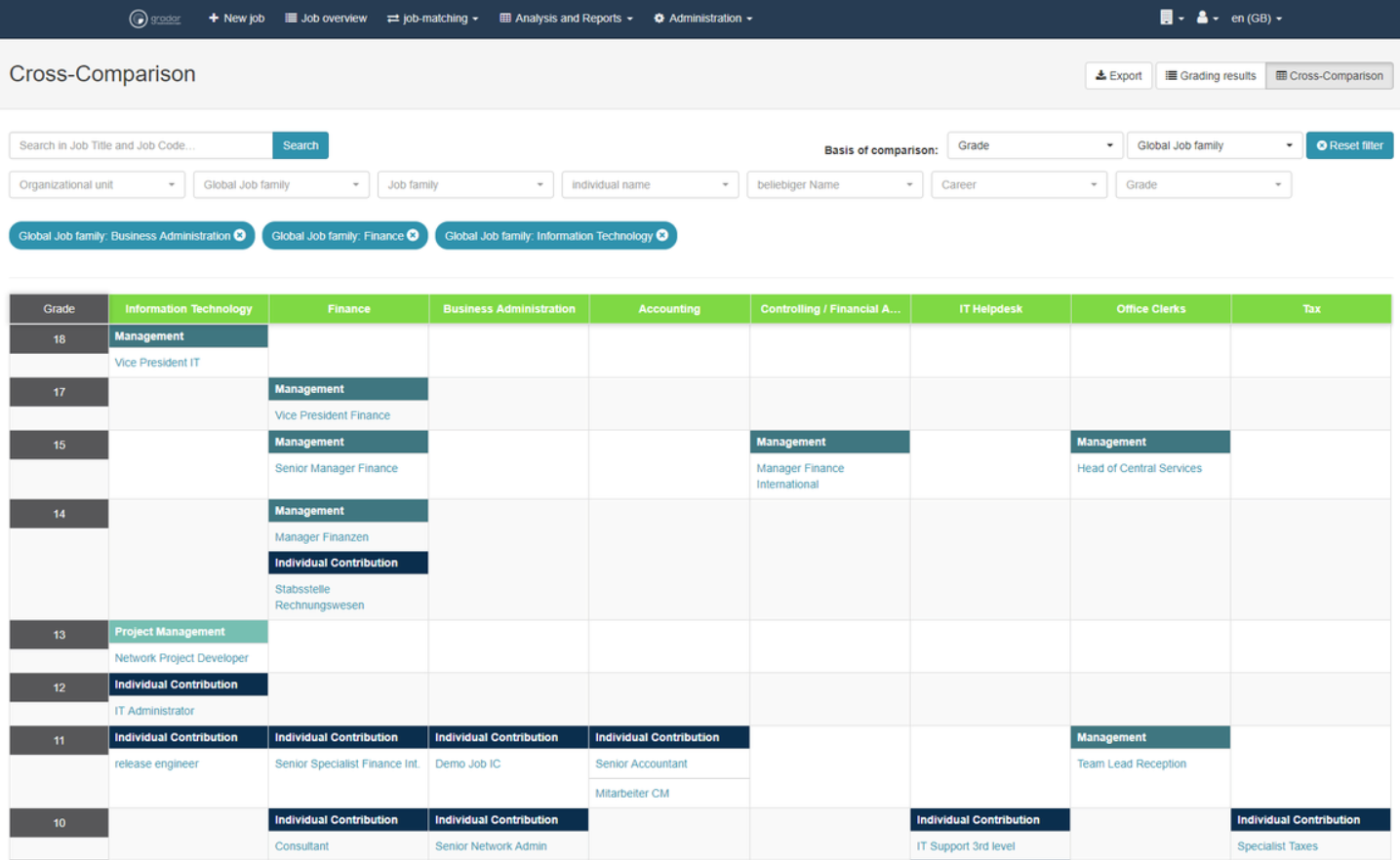Job Evaluation Easily Done, an Interview With Philipp Schuch
Meet Philipp Schuch

-
Individual Contributors such as un-skilled and semi-skilled laborers, skilled specialists, professionals and strategic experts
-
Leadership roles such as team leader, middle management and top management functions
-
Project Management roles with the core objective of coordinating, planning and distributing personnel, resources and budgets.


-
Number of jobs
-
Number of participants
-
Number of confirmation loops
About the Author
Sam Reeve
Sam is the CEO and founder of CompTeam.
His core focus is leading companies through transformational change by optimizing talent initiatives with reward programs to achieve long-term strategic objectives.
Sam’s diverse experience includes the design and optimization of performance-driven variable compensation plans for executive, sales and core employee populations of growing companies.
Prior to founding CompTeam, Sam has worked in compensation functions of notable firms such as BlackRock, McKesson and Automatic Data Processing (ADP).
Sam is a global certified compensation consultant (CCP, GRP) with over 20 years of experience in Total Reward Strategies.






